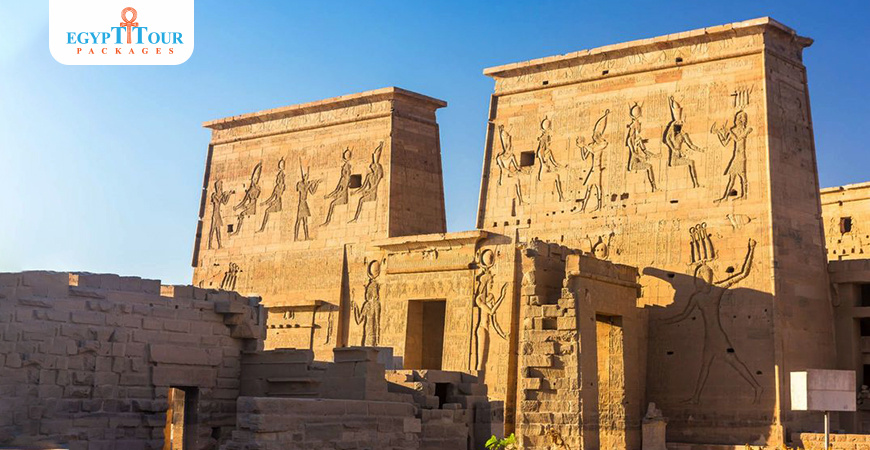
Edfu Temple
This Ptolemaic temple, is one of the best-preserved ancient monuments in Egypt. Preserved by desert sand
Why is the Temple of Edfu important?
Edfu Temple or the Temple of Horus is located in Edfu, in the Arab Republic of Egypt, in the city of Aswan. It is located 123 kilometers north of Aswan, in the city of Edfu. It is one of the most beautiful Egyptian temples. It is distinguished by the magnitude and magnificence of its construction.The history of this temple dates back to the Ptolemaic era. This huge temple was built for the god “Horus”.In ancient times, Where it was written "Ebo" or "Ibo". This word means "the house of Hor" or "the dwelling of Hor." Hor was the main god in the city of Edfu, and he was the god of the sky and the sun. The current name "Adfu" is derived from the Coptic name for the city, which was written "Etbo". This name was transferred to the Arabic language without change. Its ancient religious name was Bahdath or Bahdadti, and it was the local god. He was one of the many gods, one of which was called Horus. He was called Hor Bahdadti or Horus Edfu, to differentiate between him and Horus, the son of Isis. He was one of the ancient Egyptian deities who was worshiped in the form of a falcon, although the Egyptians mixed them together. Edfu was an important city in Upper Egypt and was very prosperous during the Old Kingdom. The Greeks linked the god Horus to their god Apollo, and from that came the name of the Greek city, Apollonopolis Magna, which means the great city of Apollo, to distinguish it from the small city of Apollo, which is the city of Qus. In ancient times, Edfu was the capital of the second province in Upper Egypt. It is the traditional site of the legendary battle that took place between the god Horus and the god Set. Its first deity was the god Horus. He was worshiped in the form of a falcon and was attributed to the town, so he was called be-haddati.The word "Edfu" is an ancient Egyptian word meaning "House of Horus", as the god Horus was the main god of the city. This name has been preserved in the Coptic language, where it became "Etbu".
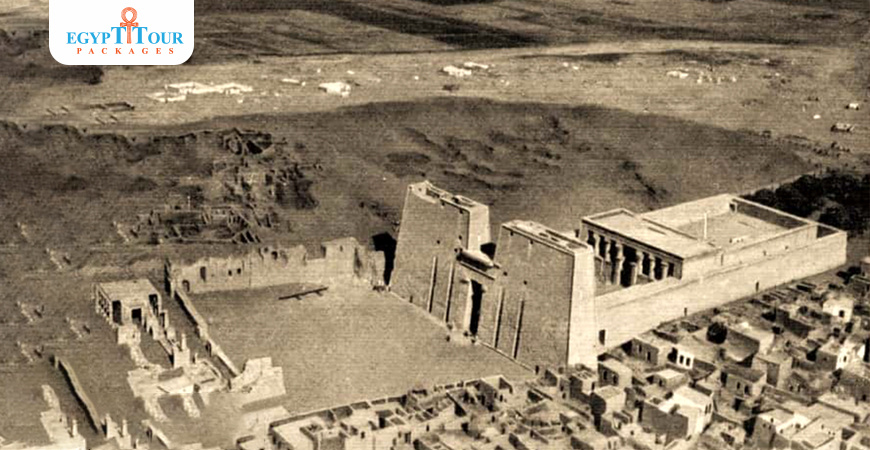
What are some fun facts about the Temple of Edfu?
- Edfu Horus Temple:
Horus, Egyptian Hor, Har, Her, or Heru, in ancient Egyptian religion, a god in the form of a falcon whose right eye was the sun or morning star, representing power and quintessence, and whose left eye was the moon or evening star, representing healing. Falcon cults, which were in evidence from late predynastic times, were widespread in Egypt.Horus appeared as a local god in many places and under different names and epithets—for instance, as Harmakhis (Har-em-akhet, “Horus in the Horizon”), Harpocrates (Har-pe-khrad, “Horus the Child”), Harsiesis (Har-si-Ese, “Horus, Son of Isis”), Harakhte (“Horus of the Horizon,” closely associated with the sun god Re), and, at Kawm Umb? (Kom Ombo), as Haroeris (Harwer, “Horus the Elder”).
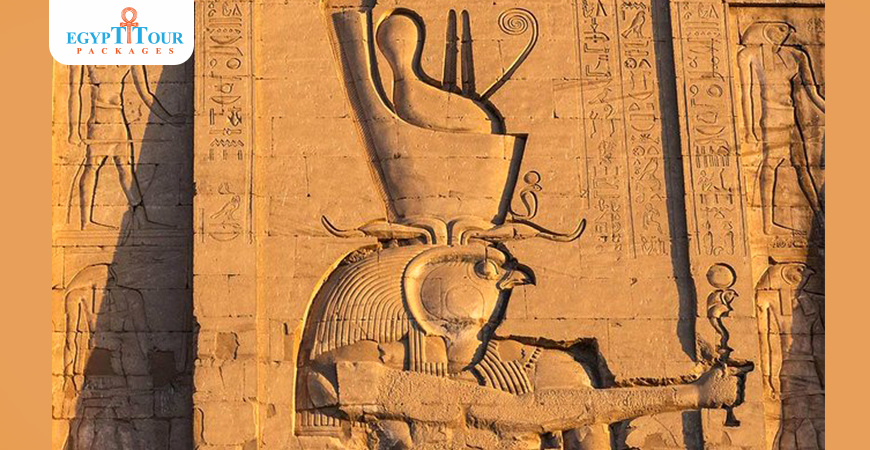
Edfu temple
Most of the Egyptian temples have become difficult for the visitor to recognize their original design, or to have a clear idea for himself about their nature or the condition they were in when they were erected. In addition, it has become very difficult for the individual to imagine how worship was performed in these temples and was held in.These temples perform prayers according to the ancient Egyptian methods. In fact, good fortune has preserved for us a temple that is almost complete in all aspects and fills almost every deficiency that we notice in other temples. By that, I mean that it is the Temple of Edfu, which is considered the most recent Egyptian temple that was established in the land of Egypt in the authentic Pharaonic style. We have no doubt that both the Temple of Edfu and the Temple of Dendera differ from the temples of the Pharaonic era in that they are preserved to a relatively large degree, and are distinguished by the nature of their many inscriptions, drawings and scenes that cover their walls. The texts on the walls of these two temples are characterized by being long and covering the walls of their rooms completely, and what draws attention is On the walls of each room, hall, or vestibule of the buildings of these two temples, its distinctive name was clearly mentioned, and the purpose for which this hall or room was allocated was also mentioned. The Temple of Edfu or the Temple of Horus in the city of Edfu is the second largest temple in ancient Egypt, after the Temple of Karnak. It is considered one of the most complete ancient Egyptian temples located in the city of Edfu. Its construction took about 180 years from the reign of King Ptolemy III until its construction was completed during the reign of King Ptolemy XII.
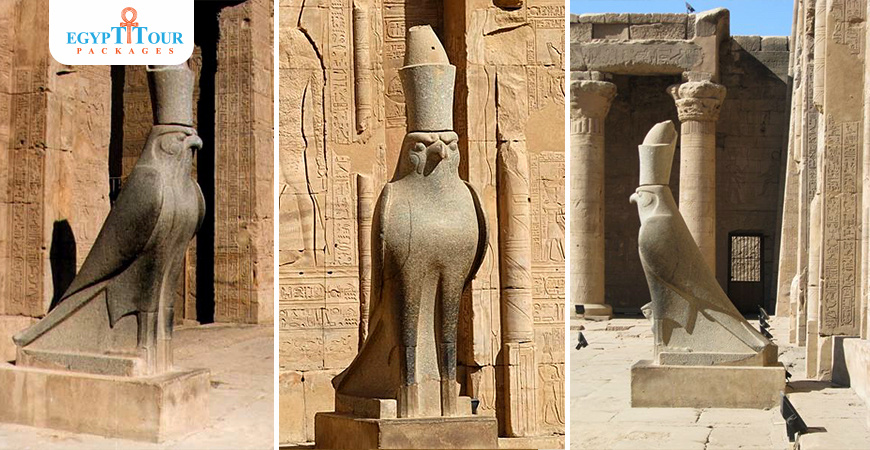
Edfu temple location
- Temple location:
The temple is located on the western bank of the Nile in Edfu in Upper Egypt. The city was known in the Hellenistic and Latin periods as “Apollonopolis Magna”, after the main god Horus, who was identified as Apollo under the interpretation of the Greeks. It is one of the best preserved shrines in Egypt. Inscriptions are available on its walls. Important information about language, mythology and religion during the Hellenistic era in Egypt In particular, the preserved temple construction texts provide details of both its construction and also preserve information about the mythological interpretation of this and all other temples. There are also important scenes and inscriptions of sacred drama relating to the ancient conflict between Horus And-st.
- The hieroglyphic name of Edfu Temple
"bhdt "
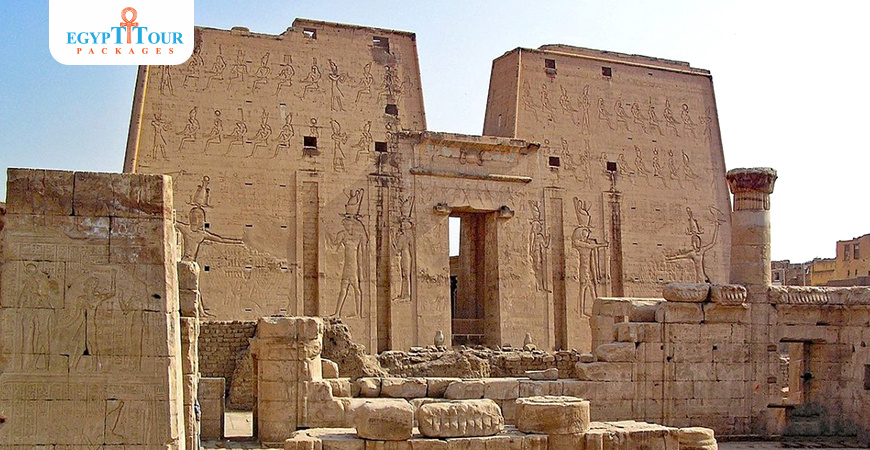
The Temple Of Edfu
- Discover the temple:
The temple still retains all of its picturesque architectural and decorative elements, as it remained buried under the sand for several years until the French archaeologist Auguste Mariette cleaned it and restored some of its parts in 1860 AD.
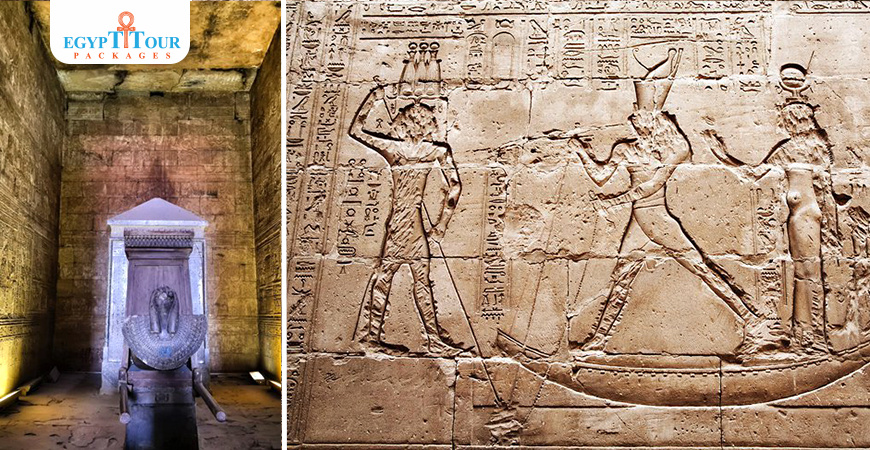
Edfu temple history
-
Stages of building the temple:
- Its construction included three stages:
- The first stage:
which includes the original building, is the nucleus of the temple from the original, and if it is considered a complete temple in itself, it includes a hall of columns in addition to two other halls, a mihrab, and a group of side rooms. Ptolemy III began building that temple in the year 237 BC. After a period of about 25 years had passed, the main construction had been completed, and the last stone in its construction was laid on August 14 of the year 212 BC. That is, in the tenth year of the rule of Ptolemy IV, and when tranquility returned. Once again to the country, in this period of time work continued on the temple, and in the fifth year of the reign of Ptolemy VII, the temple doors and several other supplies were installed in their place.
- The second level
This stage includes the process of decorating the walls and drawing inscriptions with gold plates. It was completed approximately two years after this date, that is, specifically on July 2, 140 BC. This means that the temple took approximately 97 years to build, including periods of cessation of work, which were Mainly resulting from revolutions and other matters - The third level :
It includes the construction of the Hypostyle Hall, the front hall, in addition to the gates. They had not been built, as the Hypostyle Hall was built on September 5, 122 BC, that is, specifically in the 46th year of the reign of Ptolemy IX.
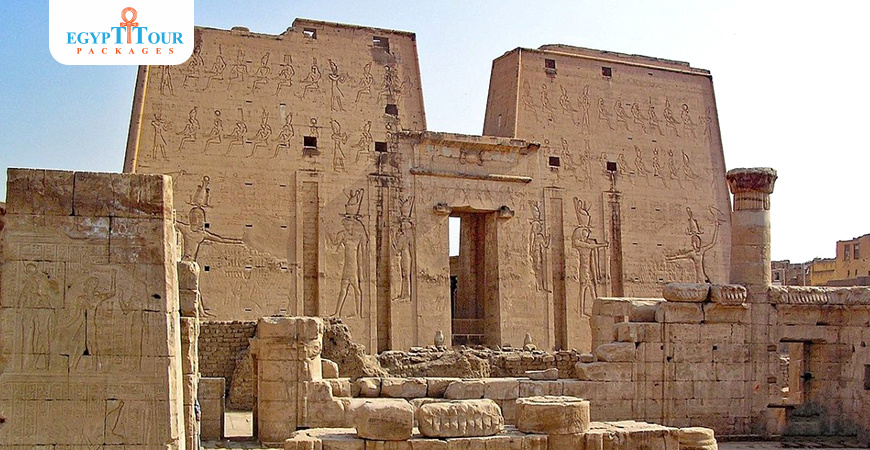
Edfu temple Horus
- The Feast of the Beautiful Meeting or Holy Marriage:
The Feast of the Beautiful Meeting” or the “Feast of the Holy Marriage” in which the statue of the goddess of love, motherhood, beauty and music, the goddess “Hathor”, is transported every year from her temple in “Dendara” in a great procession led by the ruler of the city. To spend 15 days in Edfu with her husband, the god Horus. The celebration begins with the appearance of the crescent of the month of Abib, the third month of the summer season, and the celebration ends with the full moon. “Hathor” sails in a boat called “Neb-Mrut,” which means “Lady of Love.” During her journey, Hathor’s procession would stop to visit the goddess “Mut,” the lady of “Shru,” at Karnak. The ruler of the city of “Esna” provided food and drink to the pilgrims, whose number was increasing. Whenever the procession stopped, all the people of Upper Egypt participated in this celebration and the city of Luxor was crowded. Before Edfu, her husband, the god Horus Bahaddati, would meet her, accompanied by the ruler of Edfu, and with him some priests to receive the procession of Hathor, where Hathor would offer him sacrifices and then release her. "The four geese", which symbolize the four original directions, then he accompanies her heading to "Edfu" and then into the temple, and in the morning the ritual celebrations begin, which continue until the thirteenth day, then she returns again to Dendera, where her original headquarters is.Scenes of this celebration were depicted on the walls of the Temple of Edfu. The stay of the goddess Hathor in Edfu represented a long joy, and celebrations were held in every city she passed along the way.This beautiful meeting is considered one of the most important religious holidays among the ancient Egyptians, and most of the religious rituals were associated with bringing the flood to bring prosperity and development, and the meeting of the spouses “this meeting that is renewed every year between Hathor and Horus Behdeti” is a herald of fertility and flood, and the connection of the spouses symbolizes fertility, and the flood also represents When the god Osiris covers the fields of Egypt, which symbolize the goddess Isis, fertility occurs and abundance is produced.
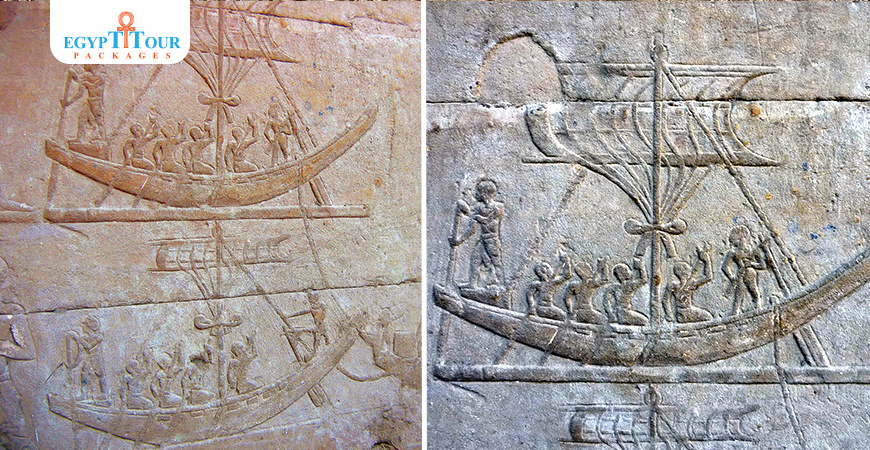
Edfu temple mammisi
- The Mamizi chamber:
The construction of this mamizi dates back to Ptolemy VIII and IX. It is a small temple built next to the temple, but it is noted that the mamisi of the Temple of Edfu has a layout similar to Greek temples, and the columns surrounding it also have a feature of architecture in the Ptolemaic era that is not found in Egyptian architecture, and it was a rectangular building. It consists of a front hall with two rooms, a staircase on the right, and a large hall lined with a gallery of legends with different capitals. On the legends is an image of the goddess Hathor, playing the tambourine or playing the harp and breastfeeding Horus. -
A nilometer was a structure for measuring the Nile River's clarity and water level during the annual flood season. Nilometer
:
Perhaps one of the most prominent landmarks in the Temple of Edfu is the A nilometer was a structure for measuring the Nile River's clarity and water level during the annual flood season. Nilometer , as we find in the eastern vestibule of the temple a staircase attached to the outer walls of the temple that leads to the A nilometer was a structure for measuring the Nile River's clarity and water level during the annual flood season. Nilometer , which was used to determine the rent of the land in general according to the amount of flood water.
There are burns on some of the walls and ceilings of the temple. Some people believe that the Romans were the ones who caused them, but it has been proven beyond a doubt that the early Christians were the ones who did this because they viewed it as an act of paganism.
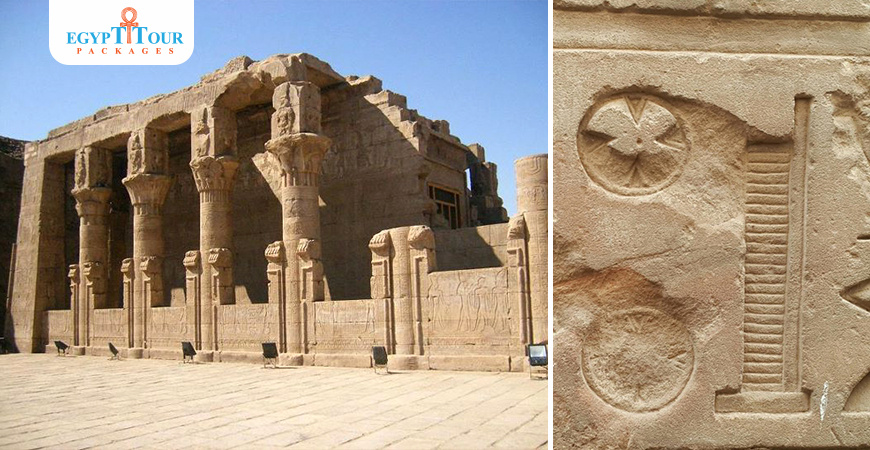
Temple of Horus at Edfu facts
- The inscription representing the conflict between Horus and Set:
On the walls of her temple was recorded the legend of the struggle between Horus and Set, and how Hor Bahaddati, who represented the disk of the winged sun, defeated Set and his helpers. He helped Horus, the son of Isis, according to the legend of Osiris. He helped a number of men who knew the art of metalworking. He sang of his victory for the priests of Edfu and the women of Abusir. In the Delta, Hathor, the lady of Dendera, was worshiped with him. The relationship between them was established and he took her as a wife. He also later took Horus Samatawi (Horus who united the two countries) as his son, so the Edfu trinity was formed from them.
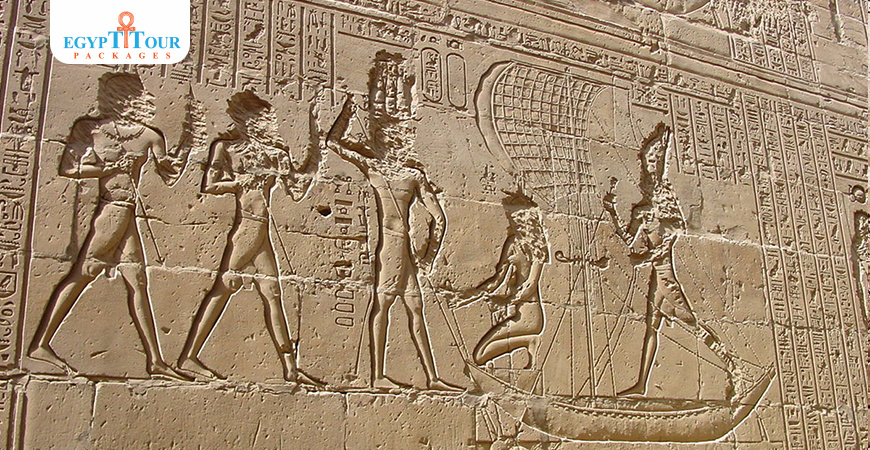
Edfu temple architecture
- Architectural elements of the temple:
The temple begins with the edifice, followed by the open courtyard, which is supported by columns with plant capitals on three sides. The temple consists of two identical parts with a door in the middle. In the temple there are large openings, and the strange thing is that they were dug by Christians who fled from the Romans during the days of the Roman rule of Egypt, where they took refuge inside these holes. openings and lived inside the temple for a while.The Edfu Temple is about 137 meters long, 79 meters wide, and 36 meters high. The tower of the edifice (the Pylon) is distinguished by its hugeness, loftiness, and the beauty of proportion in its construction, despite the collapse of its cornice. Its length is 68 meters and its height is 34 meters. The two towers carry large drawings of King Ptolemy In the two towers, we see the king offering sacrifices to a number of local deities, depicted in two rows, which is the traditional situation, as the Pharaohs have done since the era of Mina and in the New Kingdom in particular. We see rectangular gaps on the side of each tower, each of which included a flagpole with a flag flying at its top, and in each tower there was a staircase leading to the roof of the edifice.
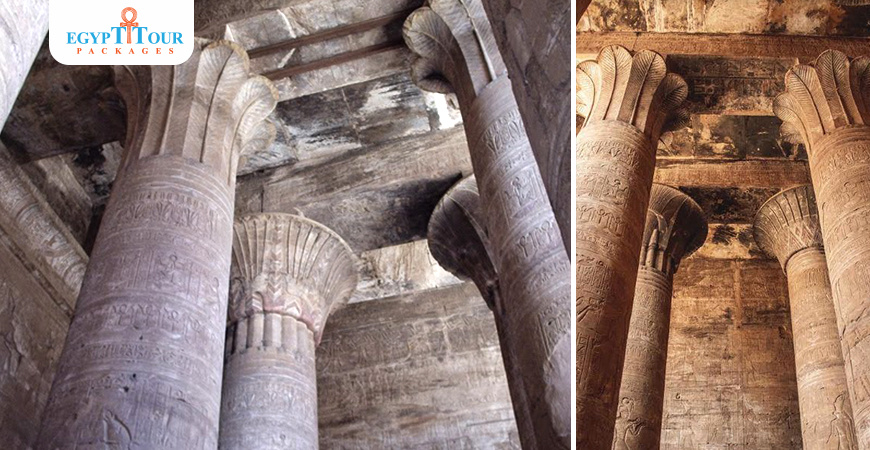
Temple of Edfu plan
-Architectural elements of the temple:
- The large gate:
of the temple (the main entrance). This gate was closed in ancient times with a door made of cedar wood inlaid with bronze and gold. Above this huge gate is the winged sun disk, which here specifically represents Horus Haddati, and in front of the edifice there are two huge granite falcons symbolizing Horus, the god of Edfu. - The large courtyard:
The door of the edifice leads to an open courtyard, and the inscriptions of this courtyard include sunken drawings representing the king presenting sacrifices in front of local temples, and drawings of the king performing religious rituals. - The large hypostyle hall:
Which includes about 18 columns arranged in three rows, each row containing three columns. Al Dhalea is distinguished by the diversity of the beauty of the capitals. - Small hypostyle hall:
It was called the Supervision Hall, and it contained 12 columns and capitals richly decorated with floral decoration.On the western side of this hall, there is a room for storing holy water. Its scene represents the king in the company of the god Hapi, god of the Nile, offering holy water to Horus and Hathor. - Holy of Holies:
A large base, separate from others, was not allowed to enter except the high priest or the king. In it was placed the sacred boat of Horus. There was a sarcophagus bearing the name of King Nectanebo I and a statue of the sacred falcon, the lord of Edfu. Surrounding the Holy of Holies were ten halls in which various rituals were performed or ritual tools were kept. - Vestibule:
There is an external vestibule or corridor that revolves around the temple and its interior parts, and the interior walls bear various scenes and inscriptions, the most important of which are scenes of the myth of the winged sun and its feast rituals.
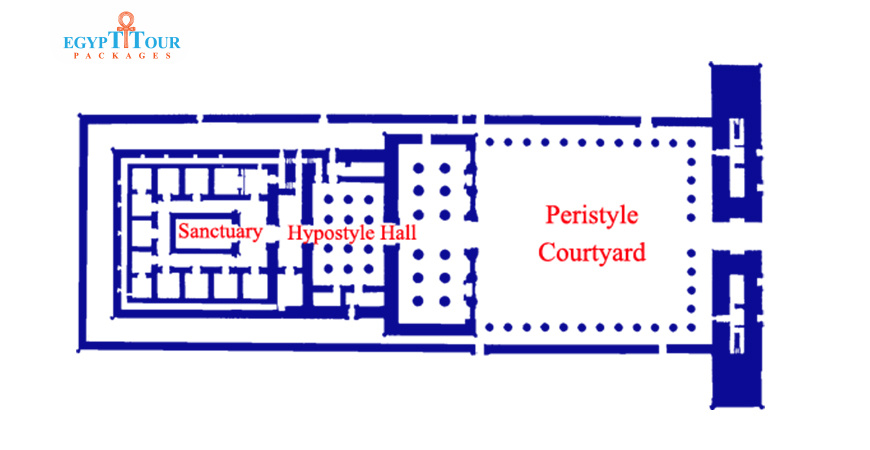
Wi-Fi Signal in the Temple of Edfu
- Did the Pharaohs connect to the Internet ?!!!
The Temple of Edfu is almost intact and is a good example of an ancient Egyptian temple. The relief from the Temple of Horus in Edfu, which is identical to the sign of Wi-Fi, has nothing to do with the Internet. It shows a scene of an animal sacrifice, and what Wi-Fi resembles is the ribs of an ibex or deer at the king’s leg and in the hand. The other is wine. An ancient Egyptian temple is not devoid of scenes of offering sacrifices. In the Temple of Edfu, we see many inscriptions representing the Ptolemaic kings competing in offering sacrifices to the ancient Egyptian gods, the most important of whom is Horus. The unemployment interest in offering a larger number of offerings stems from their feeling of alienation and their need to get closer to the Egyptian people through these offerings to the ancient Egyptian gods. The offerings were different and diverse, such as wine, milk, water, bread, and meat in various forms. Among these offerings that gained great fame was the scene of the king offering some animal ribs, which we call feathers, which resemble a Wi-Fi sign, but are completely far from this sign.
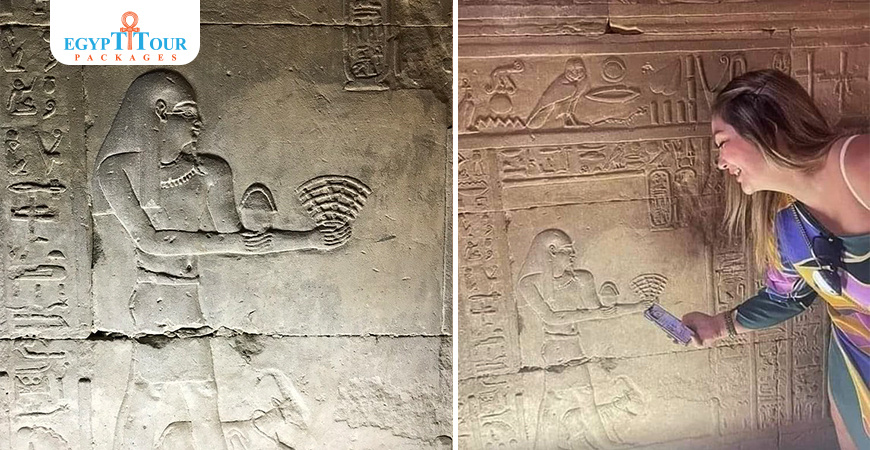
Edfu Temple Entrance Fees
- How much is entry to Edfu Temple ?
-For Egyption\Arab:
Adult: EGP 40
Student: EGP 20
-For Other Nationalty:
Adult: EGP 450
Student: EGP 230
- Opening Hours ?
-All Days: Working Hours: from 07:00 am to 05:00 pm
-Sunday & Wednesday: from 06:00 am to 05:00 pm
- Free entry Policy
-Free entry for children below 6 years.
-Free entry for Egyptians & Arabs with special needs.
-Free entry for Egyptians and Arabs above 60 years.
-Photography with mobile phone is free of charge.
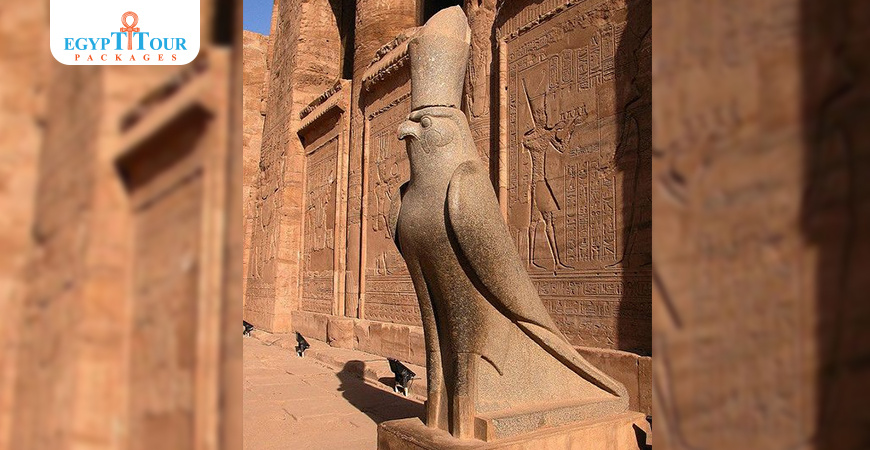
Post A Comment
Your Email Address Will Not Be Published.
Hot Categories
Topics of Aswan
Table of Contents
- Why is the Temple of Edfu important?
- What are some fun facts about the Temple of Edfu?
- Edfu temple
- Edfu temple location
- The Temple Of Edfu
- Edfu temple history
- Edfu temple Horus
- Edfu temple mammisi
- Temple of Horus at Edfu facts
- Edfu temple architecture
- Temple of Edfu plan
- Wi-Fi Signal in the Temple of Edfu
- Edfu Temple Entrance Fees








































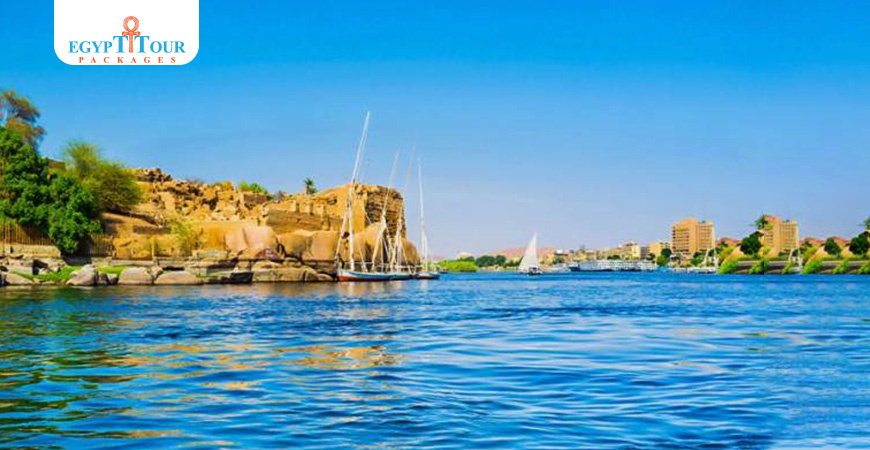


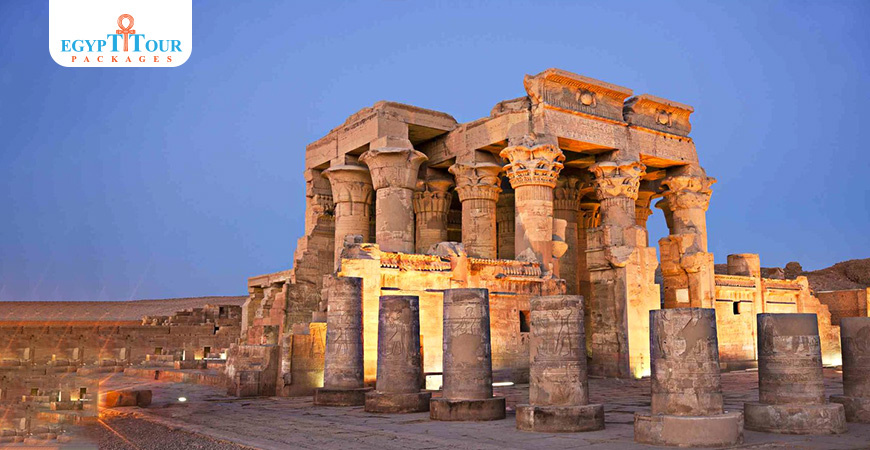



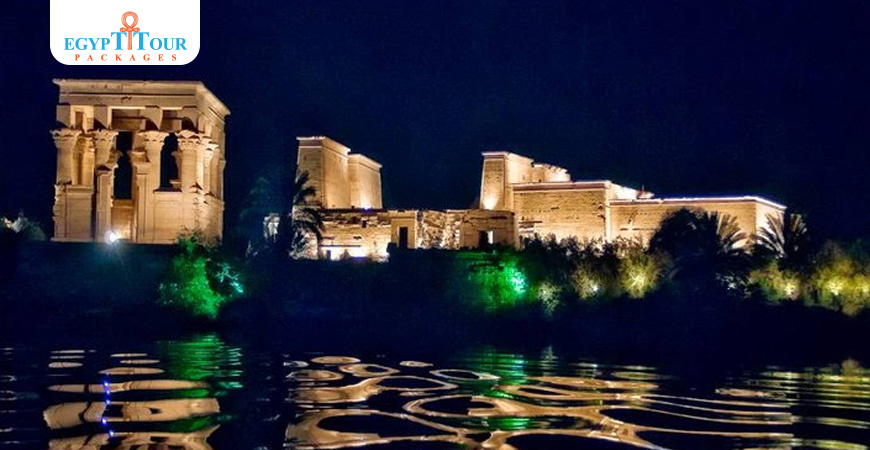
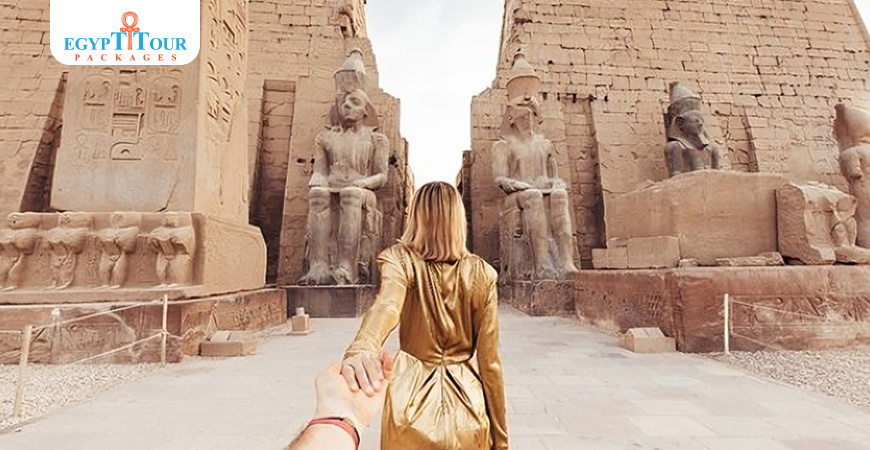




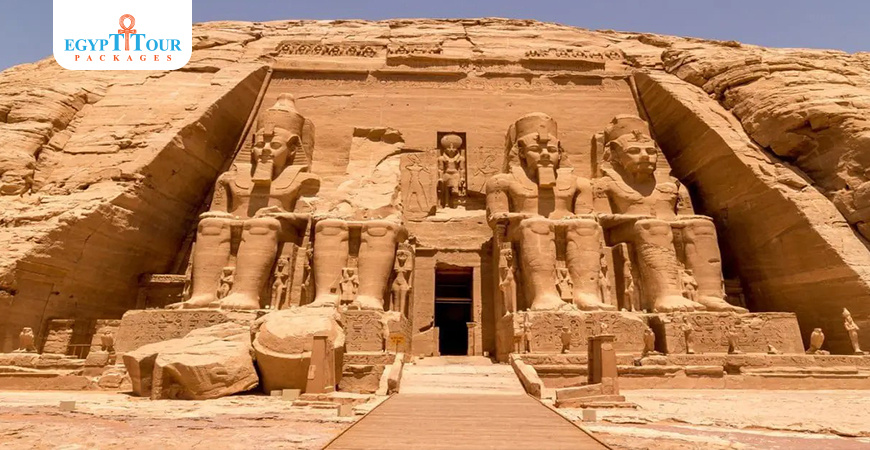
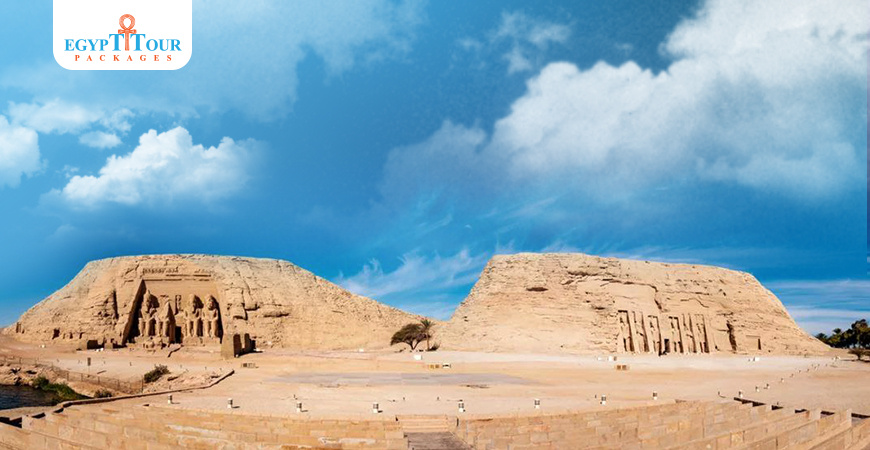
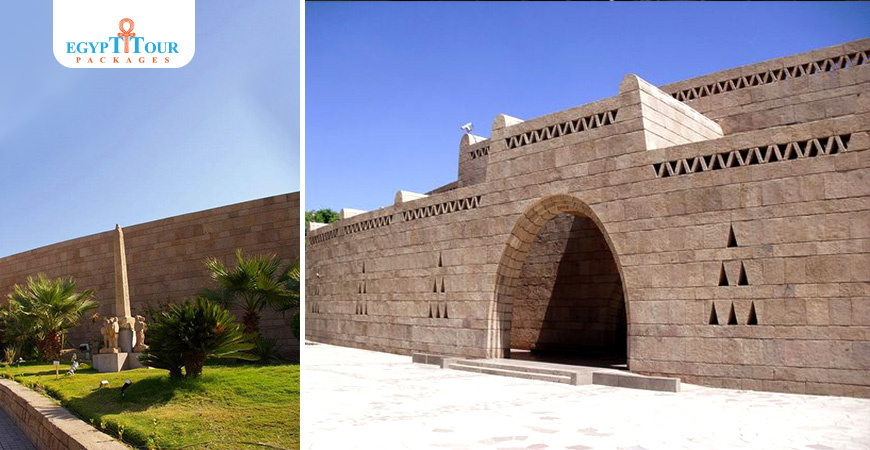
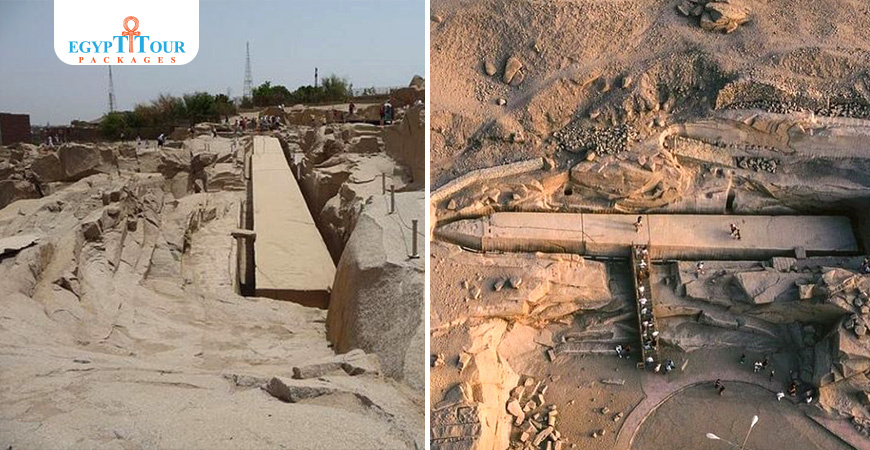
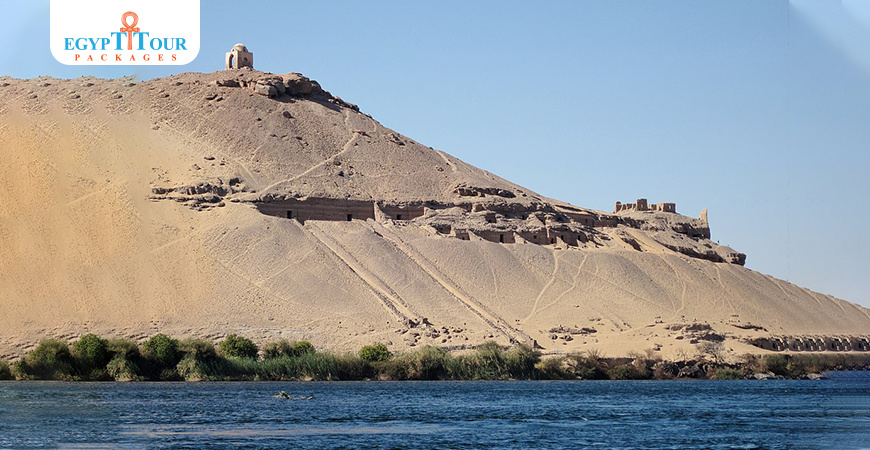
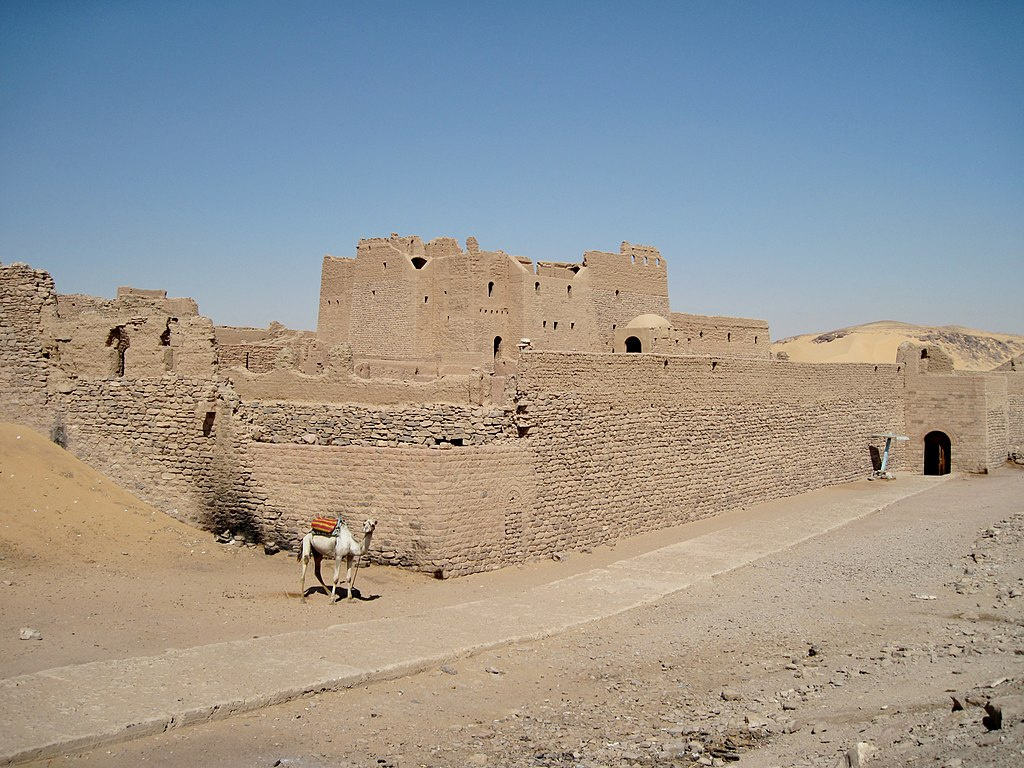
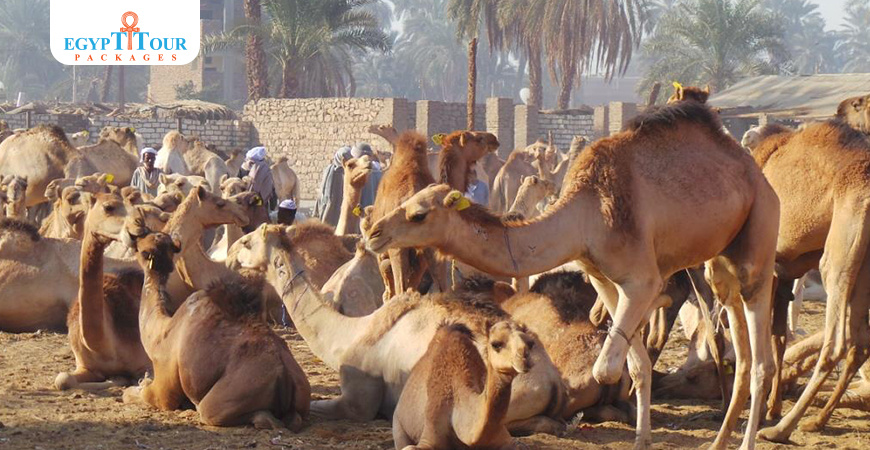
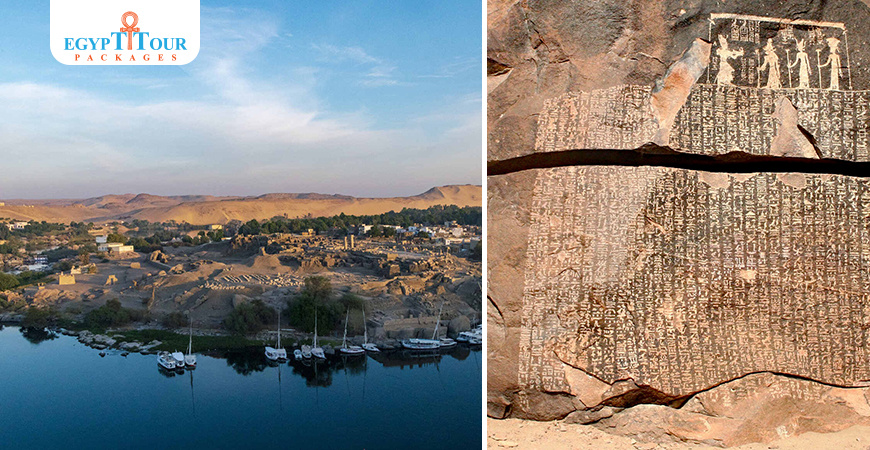
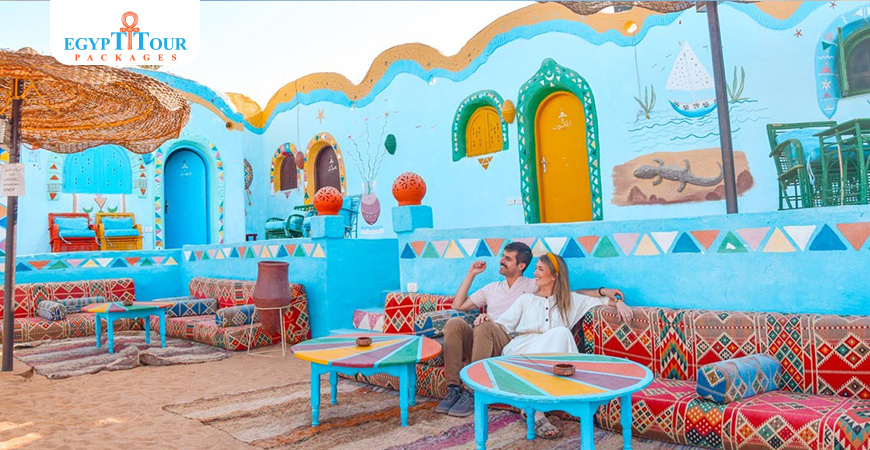

0 Comments